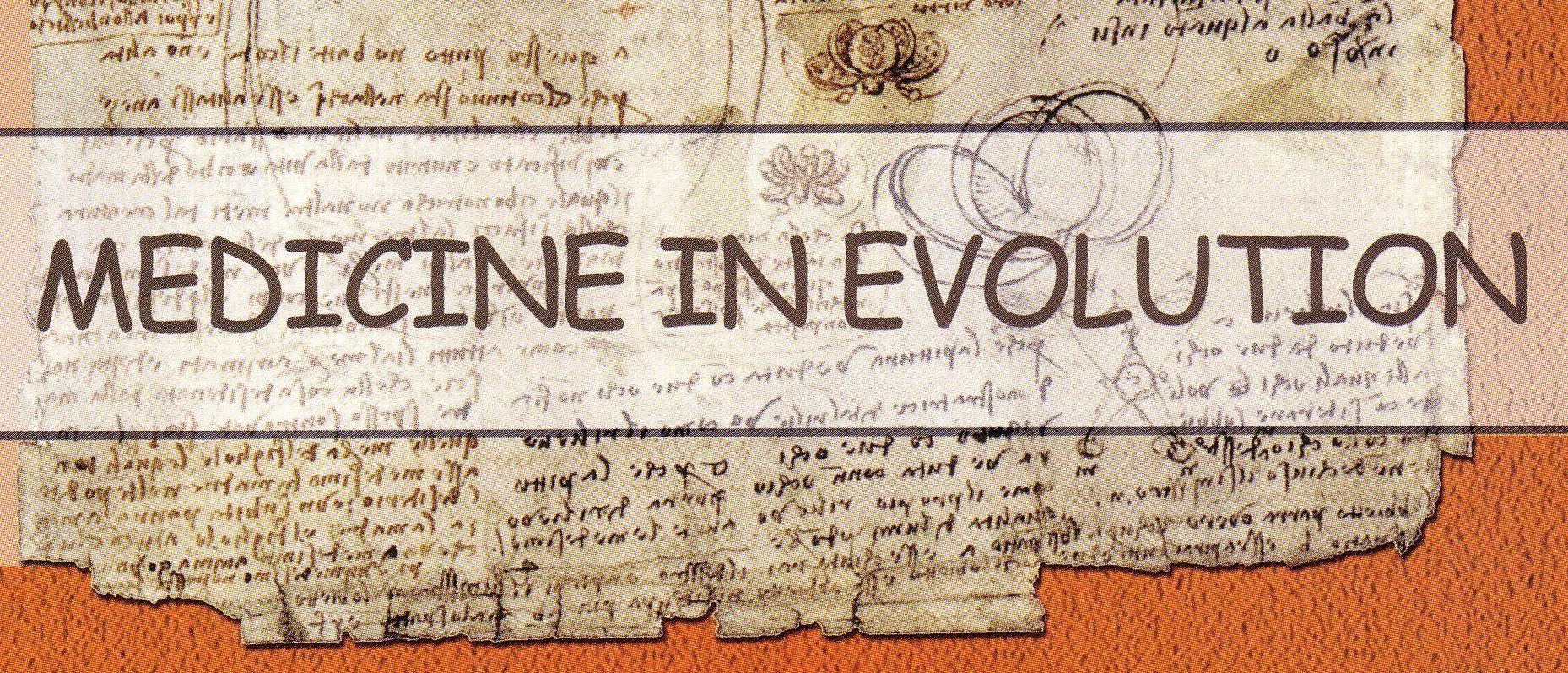|
Medicine in evolution
|
- Abstract - Introduction. Decreased skeletal muscle mass, with metabolic and functional consequences is one of the most frequently extra-pulmonary features in COPD. Muscle wasting is negatively associated with exercise capacity, quality of life and mortality. There is many assessment methods of muscle wasting, some of them expensive (The dual energy X-ray absorptiometry DEXA, biopsy), and some of them cheap: fat free mass (FFM) measured by bio-electrical impedance analysis (BIA), effort testes, dynamometry etc. Objective. To evaluate on practice the muscle wasting and effort capacity in COPD patients for better and correct management of disease. Design A comparative randomize study at 168 COPD patients (all ♂, age 62.7 ± 8.9), divided in 4 lots staged: I( 27, FEV1 80.5 ± 10.6), II( 43, FEV1 64.2±9.5), III(46, FEV1 39.5±5.8), IV( 53, FEV1 24.4±7.5) and one healthy lot (32 ♂, age 59.6 ± 6.7). At all of these it was determined body composition and bioresistance by BIA, muscle force at the hand (using dynamometry), inspiratory and expiratory pressure (PI, PE), effort capacity (6 MinuteWalkTest), inflammatory level (C Protein), Quality of Life (ST.Georges Questionaire), depression status (TDI Questionaire).
Results.
FFM decreased with a rate of 2.7±1.6/ lot from
healthy to COPD IV, muscle force at the hand
decreased with a rate of 0.17±0.05 /lot, distance at
6MWT decreased with 29.76%(from 561.81 to 394.57m),
and QL it constantly
impairment:17.8→24.2→41.0→70.2→81.0%. All these was
high corerelated (r>0,7). C protein was greater at
COPD patients versus healthy, but direct
uncorrelated with disease severity.
Key words: muscle wasting,
weight loss, effort tolerance, COPD.
Webmaster: Creanga Madalina |
|---|
